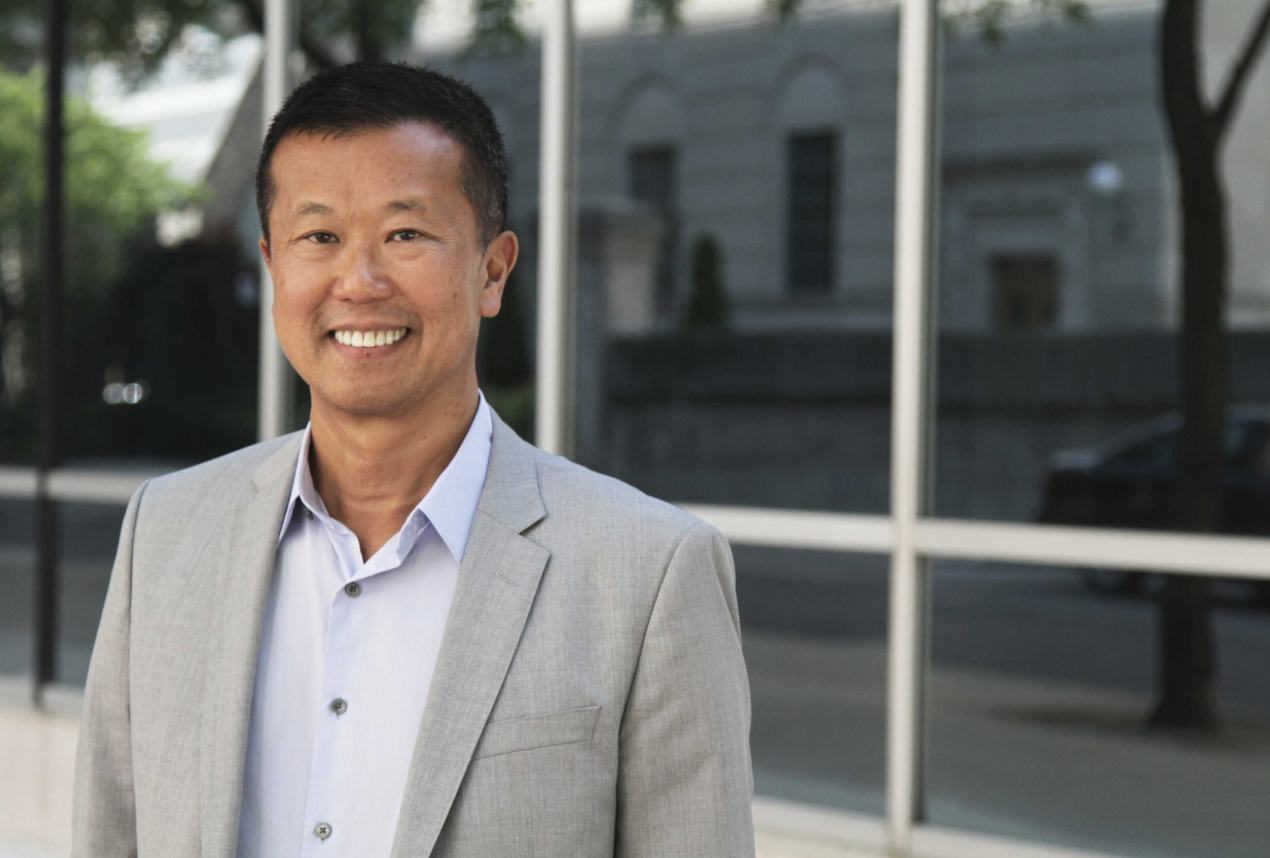What makes a business thrive when others falter? According to veteran business leader Jack Truong, success often hinges on identifying what customers want but aren’t getting—and then delivering it. This deceptively simple principle has guided Truong through a remarkable career spanning from innovative engineering to transformative leadership roles at global corporations.
Turning Consumer Frustrations into Business Opportunities
“For consumers, to have is good; to have not is frustrating,” Truong observes. Throughout his career, he has demonstrated a particular talent for spotting these frustrations and developing solutions that competitors have overlooked.
As a young chemical engineer with a Ph.D. from Rensselaer Polytechnic Institute, Truong began his career at 3M, where he was tasked with improving existing products and developing new ones.
“I was exposed to various divisions in my first two years at 3M, and I really had to learn and understand what the unmet needs were in those industries, and come up with inventions that deliver innovative solutions for those particular sectors,” Truong explained.
This focus on solving genuine customer problems yielded impressive results. Truong accumulated 11 patents during his time at 3M and played key roles in developing products that remain household names today, including the Scotch-Brite microfiber cloth and the revitalized Post-it Note line.
Challenging the Mature Market Myth
When Truong took the helm at Electrolux North America in 2011, he encountered a common business pitfall—resignation to supposed market limitations.
“Back in 2011, when I joined, [Electrolux] was about a $4.2 billion business,” he recalled. “The company saw North America as a mature market and didn’t expect any growth. In fact, when I took over, the company wasn’t growing and profit was declining.”
Rather than accepting this narrative, Truong challenged it directly, telling his global leadership team, “There’s no such thing as a mature market, there’s only mature business managers.”
This bold stance wasn’t mere rhetoric—it was backed by careful market analysis. While competitors like Samsung and LG focused on adding technological features, Truong’s research revealed that many consumers actually valued other attributes that were being overlooked.
“We put more focus on the design to make our products eye-catching, beautiful, and easy to use,” he explained. The result was a remarkable turnaround that saw Electrolux rise from third to second place in the North American market and double in value.
Why Flashy Innovation Often Fails
Truong distinguishes between superficial novelty and meaningful innovation. He points to Google Glass as a cautionary tale of what happens when companies prioritize technological sophistication over practical consumer needs.
“Google failed to understand the true unmet needs of its consumers when the company first launched its ‘moonshot’ Google Glass in 2014,” Truong observed. “Despite the ‘smart’ glasses’ cutting-edge technology, the product was discontinued after just one year. Despite its live map imaging and hands-free web navigation, Google botched its assessment of the product’s marketability — opting for a ‘clunky’ shape, overcomplicated features, and an overwrought price tag ($1,500).”
This example illustrates a pattern Truong has observed repeatedly: breakthrough technology alone doesn’t guarantee success if it doesn’t address genuine consumer needs or creates new problems that outweigh its benefits.
Watching What Consumers Do Not Just What They Say
Perhaps the most insightful aspect of Truong’s approach is his emphasis on observing consumer behavior rather than simply collecting their stated preferences.
“Creativity costs money and innovation drives value,” he notes. “Listen carefully to what consumers don’t say, and observe closely what they do. Only then do your innovations have the potential to change consumer behavior and create true value and demand.”
This insight reflects a sophisticated understanding of consumer psychology. People often struggle to articulate what they want until they see it, and their actions can reveal pain points and desires they might not express verbally.
Adapting to Market Evolution
The business landscape is changing faster than ever, making Truong’s approach particularly relevant today. He cautions leaders against complacency even when current products are performing well.
“As technology advances and consumer demand evolves, companies and products quickly can be left behind,” Truong warns. “Too many organizations are focused on developing, launching, and loading new technologies and features to existing products while ignoring the possibility of new solutions that actually make life easy for consumers.”
For business leaders navigating today’s volatile marketplace, Truong’s methodology offers a powerful alternative to reactive strategies or chasing fleeting trends. By systematically identifying and addressing unmet consumer needs, companies can create lasting value and distinguish themselves from competitors who miss these opportunities.
The Practical Application
How can business leaders apply Truong’s approach in their own organizations? The process begins with genuine curiosity about consumers’ experiences and frustrations with existing products or services.
This requires looking beyond surface-level feedback to understand underlying needs. It means studying how people actually use products in real-world situations, noticing workarounds they develop for limitations, and identifying pain points they may have come to accept as inevitable.
The next step is evaluating whether addressing these unmet needs aligns with organizational strengths. Truong’s success at Electrolux came from recognizing that while the company couldn’t beat competitors at technological innovation, it could excel in design, simplicity, and reliability.
Finally, the approach requires courage to challenge accepted market limitations and pursue opportunities others have dismissed. As Truong’s career demonstrates, what appears to be a saturated or declining market from one perspective may reveal substantial growth potential when viewed through the lens of unmet consumer needs.
Hi, I am Adam Smith, Admin Of TechSketcher, Creative blogger and Digital Marketer.
